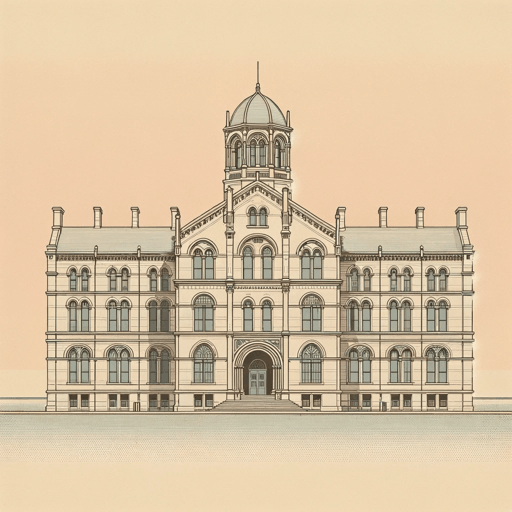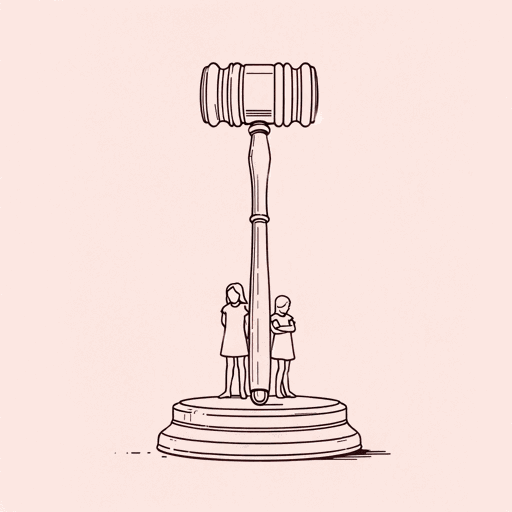18 pages • 36 minutes read
Thomas HardyAh, Are You Digging on My Grave
Fiction | Poem | Adult | Published in 1913A modern alternative to SparkNotes and CliffsNotes, SuperSummary offers high-quality Study Guides with detailed chapter summaries and analysis of major themes, characters, and more.
Summary and Study Guide
Overview
“Ah, Are You Digging on My Grave?” is a lyrical ballad by the poet and novelist Thomas Hardy (1840-1928). The poem first appeared in print in the pages of the Saturday Review in 1913, and was included in Hardy’s poetry collection Satires of Circumstance: Lyrics and Reveries with Miscellaneous Pieces (1914). The lyrical ballad takes the form of a dialogue between a woman speaking from beyond the grave to an unknown visitor at her gravesite, in which the deceased speaker tries to guess who could be visiting her and why. The poem’s streak of dark irony and the touch of melancholy in its themes of death and forgetting are reminiscent of much of Hardy’s poetry, which tends to combine elegance of form and style with heavy subject matter. While Hardy is best known as a novelist for famous works such as Far from the Madding Crowd (1874) and Jude the Obscure (1895), Hardy’s poetry remains highly regarded in its own right.
Poet Biography
Thomas Hardy was born in 1840 in the countryside of Dorset, England, and was the first of four children. His father worked as a stonemason and provided his children with a modest and simple existence. Hardy was a serious and dedicated student, but his family’s poverty meant that he could not afford to pursue postsecondary education. He therefore went to work instead, becoming an architect’s apprentice and later working as a draftsman in London to support himself.
\While poetry was Hardy’s first literary love—and would remain his true passion throughout his life—he quickly understood that prose represented a more likely means of making a living by writing. Ambitious and eager to make a name for himself in the crowded literary market, Hardy produced several novels in quick succession: Desperate Remedies (1871), Under the Greenwood Tree (1872), and A Pair of Blue Eyes (1873). But in 1874, Hardy had his literary breakthrough with the serialization and publication of Far from the Madding Crowd—a novel that remains one of his most famous works. Later major works include The Mayor of Casterbridge (1886), Tess of the D’Urbervilles (1891), and Jude the Obscure (1895). Hardy’s frank exploration of sexuality and repression in Jude the Obscure so scandalized Victorian society and attracted so much criticism that he renounced novel writing shortly thereafter.
Hardy’s long life was marked by much struggle and personal disappointments. He suffered from frequent bouts of ill health as a child, and would sometimes have recurring episodes of ill health in his adult years. His humble origins made it difficult for him to rise in the class-conscious society of Victorian England, while his lack of formal education made establishing his literary reputation a longer and more circuitous path than that experienced by his more upper-class and well-connected contemporaries. His marriage to Emma Gifford, which lasted from 1874 until her death in 1912, was tumultuous, and frequently marked by periods of estrangement. Nevertheless, when she died, Hardy found himself in deep mourning, and wrote several poems reflecting on their life and love, such as “The Voice” (1912). He married his second wife, Florence Dugdale, in 1914, even though she was nearly 40 years his junior and often resented his enduring obsession with Emma’s memory. Hardy did not have any children. He died on January 11, 1928, at the age of 87. He was cremated, and his ashes were placed in the famous Poets’ Corner in Westminster Abbey.
Thomas Hardy’s influence on his contemporaries and future generation of younger writers and poets was openly acknowledged, with writers such as D.H. Lawrence and William Butler Years citing Hardy as one of their major inspirations. Hardy’s prose is often set in the countryside and small towns of the fictional region of Wessex, which is modeled on his native Dorset. Hardy’s works frequently address the themes of romantic entanglements, societal pressures, and economic inequalities, while also being known for their loving depictions of the people, rituals, and natural beauties of the English countryside. While known primarily for his novels, Hardy remained committed to poetry throughout his life; his poems are still studied by literary scholars and critics.
Poem Text
“Ah, are you digging on my grave,
My loved one?—planting rue?”
—“No: yesterday he went to wed
One of the brightest wealth has bred.
‘It cannot hurt her now,’ he said,
‘That I should not be true.’”
“Then who is digging on my grave,
My nearest dearest kin?”
—“Ah, no: they sit and think, ‘What use!
What good will planting flowers produce?
No tendance of her mound can loose
Her spirit from Death’s gin.’”
“But someone digs upon my grave?
My enemy?—prodding sly?”
— “Nay: when she heard you had passed the Gate
That shuts on all flesh soon or late,
She thought you no more worth her hate,
And cares not where you lie.
“Then, who is digging on my grave?
Say—since I have not guessed!”
— “O it is I, my mistress dear,
Your little dog , who still lives near,
And much I hope my movements here
Have not disturbed your rest?”
“Ah yes! You dig upon my grave…
Why flashed it not to me
That one true heart was left behind!
What feeling do we ever find
To equal among human kind
A dog’s fidelity!”
“Mistress, I dug upon your grave
To bury a bone, in case
I should be hungry near this spot
When passing on my daily trot.
I am sorry, but I quite forgot
It was your resting place.”
Hardy, Thomas. “Ah, Are You Digging on My Grave?”, 1913. All Poetry.
Summary
The poem is a dialogue between a deceased speaker and an initially unknown visitor to her grave. In each stanza, the speaker tries to guess who the unknown visitor might be: her former lover, her close family members, or possibly even her enemy. The dead woman believes that the people she knew during her lifetime must still care about her and wish to remember her. Each time, the visitor responds by destroying the speaker’s illusions, revealing the complete indifference of the speaker’s former loved ones. Halfway through the poem, the speaker discovers that the mystery visitor is actually her dog. The speaker at first rejoices in this discovery, praising how loyal animals are in comparison to humans. However, this illusion is also swiftly shattered: The dog admits that he came only to bury a bone, and that he had entirely forgotten that the site he was digging on was his former owner’s grave.
Related Titles
By Thomas Hardy

At an Inn
Thomas Hardy

Channel Firing
Thomas Hardy

Far From The Madding Crowd
Thomas Hardy

Jude the Obscure
Thomas Hardy

Tess of the D'Urbervilles
Thomas Hardy

The Darkling Thrush
Thomas Hardy

The Man He Killed
Thomas Hardy

The Mayor of Casterbridge
Thomas Hardy

The Return of the Native
Thomas Hardy

The Withered Arm and Other Stories
Thomas Hardy

The Woodlanders
Thomas Hardy
Featured Collections
Appearance Versus Reality
View Collection
British Literature
View Collection
Grief
View Collection
Laugh-out-Loud Books
View Collection
Loyalty & Betrayal
View Collection
Memory
View Collection
Mortality & Death
View Collection
Short Poems
View Collection
Victorian Literature
View Collection
Victorian Literature / Period
View Collection

